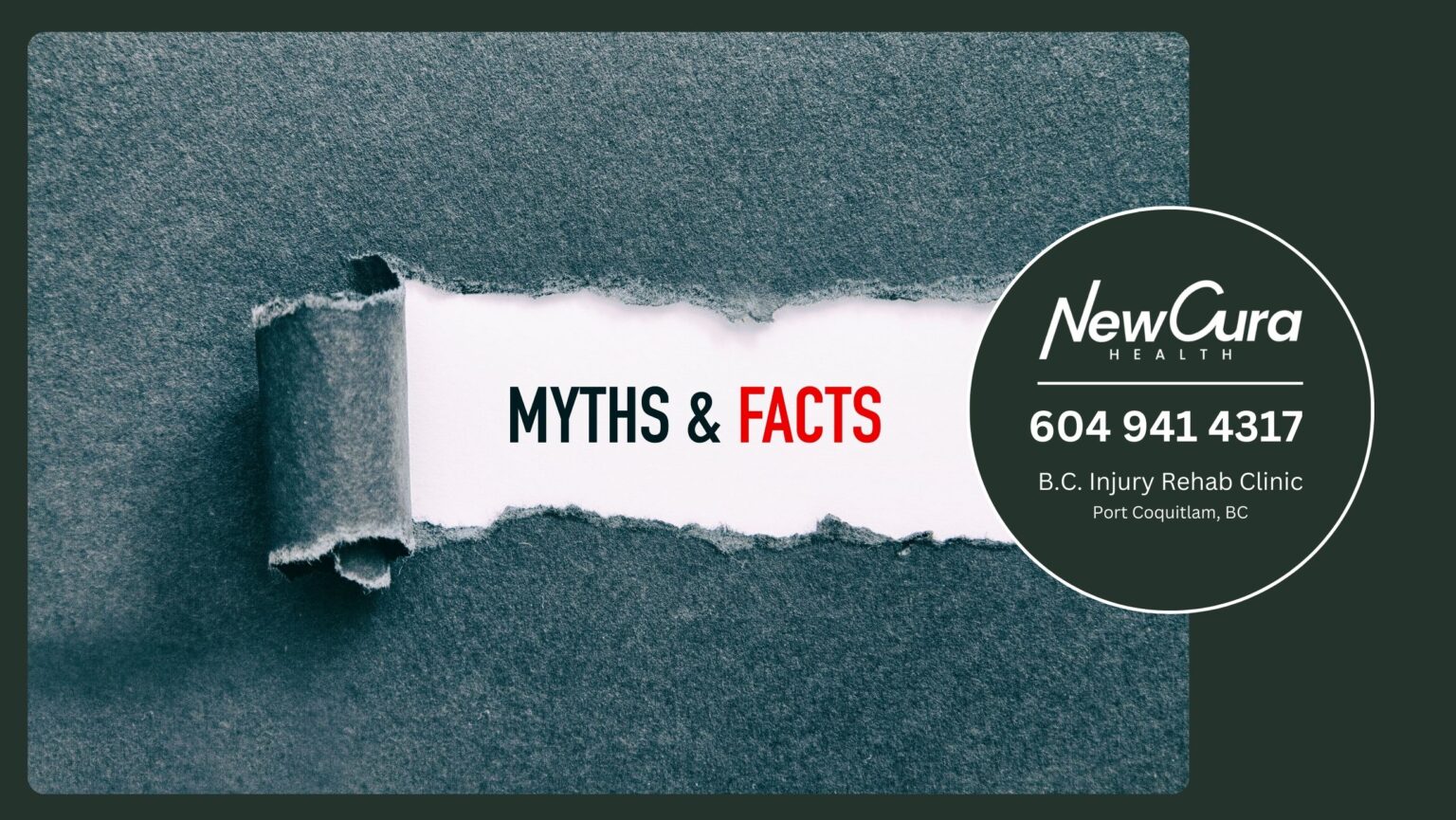Massage therapy is often hailed for its numerous benefits, from pain relief to stress reduction. However, despite its growing popularity, there are still many misconceptions surrounding this holistic practice. Whether you’ve never tried massage therapy before or have been enjoying its benefits for years, it’s important to separate fact from fiction. In this blog post, we’ll debunk five common myths about massage therapy that you shouldn’t believe.
Myth #1: Massage Therapy is Only for Relaxation
One of the biggest misconceptions about massage therapy is that it’s only useful for relaxation and pampering. While massage certainly promotes relaxation, its benefits go far beyond that. Therapeutic massage is a powerful tool for treating chronic pain, improving circulation, relieving muscle tension, enhancing flexibility, and promoting overall health.
Massage therapy can target specific areas of discomfort and provide relief from conditions such as tension headaches, back pain, sports injuries, and stress-related symptoms. It’s not just a luxury—it’s an effective treatment option for many physical and mental health concerns.
Myth #2: Massage Therapy Hurts to Be Effective
Many people assume that the more intense the massage, the more effective it will be. This myth leads some individuals to endure unnecessarily painful massage experiences, believing that deep pressure is required for therapeutic benefits.
In reality, the pressure used in massage therapy should always be comfortable for the client. A skilled massage therapist will customize the pressure based on your comfort level and needs. While deep tissue massage may involve firmer pressure, it shouldn’t cause pain or discomfort. If a massage hurts, you should speak up and let your therapist know so they can adjust their technique.
Myth #3: Massage Therapy is Only for Adults
Another common myth is that massage therapy is only for adults or people with specific conditions. The truth is, massage can benefit people of all ages, including children and the elderly.
For children, massage therapy can help with relaxation, promote better sleep, and ease conditions like growing pains or muscle tightness from sports activities. For seniors, massage can improve circulation, reduce muscle stiffness, and provide relief from arthritis or joint pain. It’s a versatile treatment option suitable for individuals at any stage of life.
Myth #4: You Should Wait Until You’re in Pain to Get a Massage
Many people only think about massage therapy when they are already in pain or experiencing discomfort. However, waiting until pain becomes chronic can make it harder to address the root cause effectively.
Massage therapy is most beneficial when used proactively, not just reactively. Regular massage sessions can help prevent muscle imbalances, improve posture, and reduce stress before they lead to bigger problems. By incorporating massage therapy into your routine, you can maintain a healthy body, minimize the risk of injury, and enjoy improved flexibility and range of motion.
Myth #5: Massage Therapy is Only About the Body
While massage therapy certainly focuses on the physical body, its benefits extend beyond just muscles and joints. The holistic nature of massage also helps support mental and emotional health.
Massage therapy promotes relaxation and reduces stress by stimulating the parasympathetic nervous system, which helps calm the mind and reduce anxiety. It can improve mood by encouraging the release of endorphins, the body’s natural “feel-good” hormones. Whether you’re dealing with stress, anxiety, or sleep disturbances, massage therapy can contribute to emotional well-being and mental clarity.


